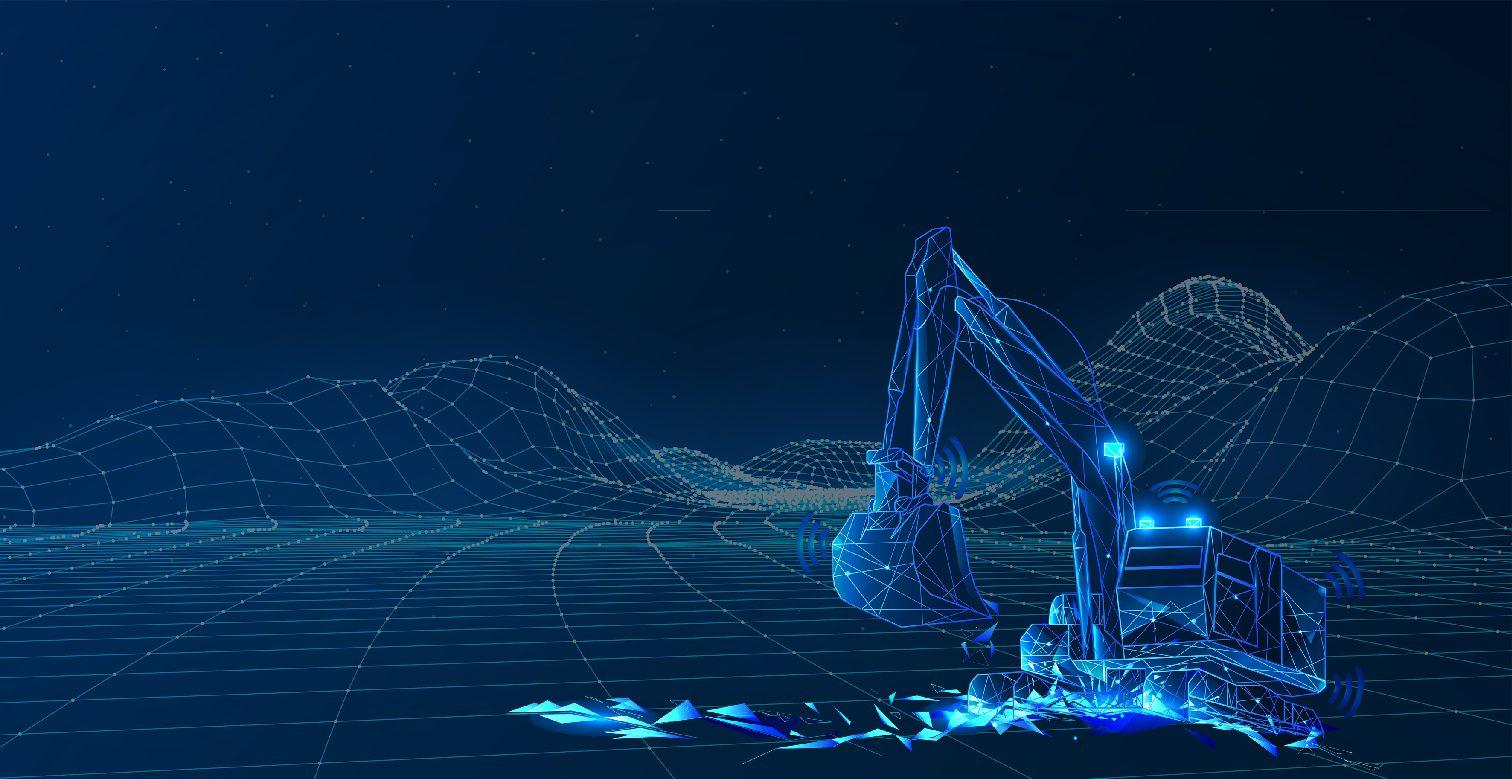Designing and manufacturing high-quality control systems, telematics and AI components for mobile machines offers exceptional added value for OEMs.
The perception, planning, and control system that we humans have is magnificent. Without problems in computing performance humans can easily make good and right decisions. Seamless co-operation between visual, short term and long-term memory is state of art activity.
Processing of the info coming through the sensors happens in real time, and sensor fusion like adding visual and audible information doesn’t seem to require any additional power. We can bring chunks of data from our long-term memory if we have to control a vehicle of a different size or brand. Information about how an icy road or rain affects the control of the vehicle can be taken into account, based on the experience from the past, to inform control adjustments.
Perception and planning
When talking about assistant and autonomous functions of the machine the discussion often leans towards the performance of sensors such as lidar and radar; and the processing power and service that can happen in the cloud, which today is extraordinary.
These things are very important when designing and implementing an assistant system, but controlling the machine has gained less attention in the discussion lately.
Control as one of three pillars
Why is control one of the three key pillars in assistant and autonomous functions?
First of all, it is all about the safety and way to turn artificial intelligence decisions into real, safe and secure actions in actuator level functions, like braking and steering systems. Especially in autonomous systems, safety has no room for “human error” and safe and secure function shall be guaranteed in any conditions.
Secondly, it is a key part on adapting artificial intelligence decisions into a lower-level control platform. This will typically vary from platform to platform between different manufacturers. With careful interface definition between planning and control systems, adaption of higher-level decision logic into different lower-level control platforms will speed up the development time and helps in time to market challenges.
Thirdly, control ultimately defines the precision and accuracy of targeted assistant and autonomous function. Perception and planning of the system have their own challenges in precision and accuracy in different operation conditions and technological restrictions.
However, control systems will ultimately dominate the achievable precision and accuracy performance of the system. On the other hand, a proper feedback loop from control systems to artificial intelligence decision logic can and will enhance the system level performance even more.
Focus on the customer
Epec has a strong history in providing safe and reliable system adaptations and precise and accurate control systems. By evolving this expertise, Epec is ready to move further in providing the complete system level solutions for assistant and autonomous functions. Epec will provide you with the platforms from traditional and mature control systems and is actively looking for opportunities in state-of-the-art artificial intelligence deployment and control platforms and full system solutions.
Epec’s knowhow and capability to design and manufacture high quality traditional control systems, telematics and AI components for mobile machines boosted with application software and system level expertise provides an exceptional added value to our customers. This is a unique approach in the market and Epec is committed to work closely with our customers and providing successful solutions.
Petri Aaltonen
Program Manager, Assistant and Autonomous Systems


